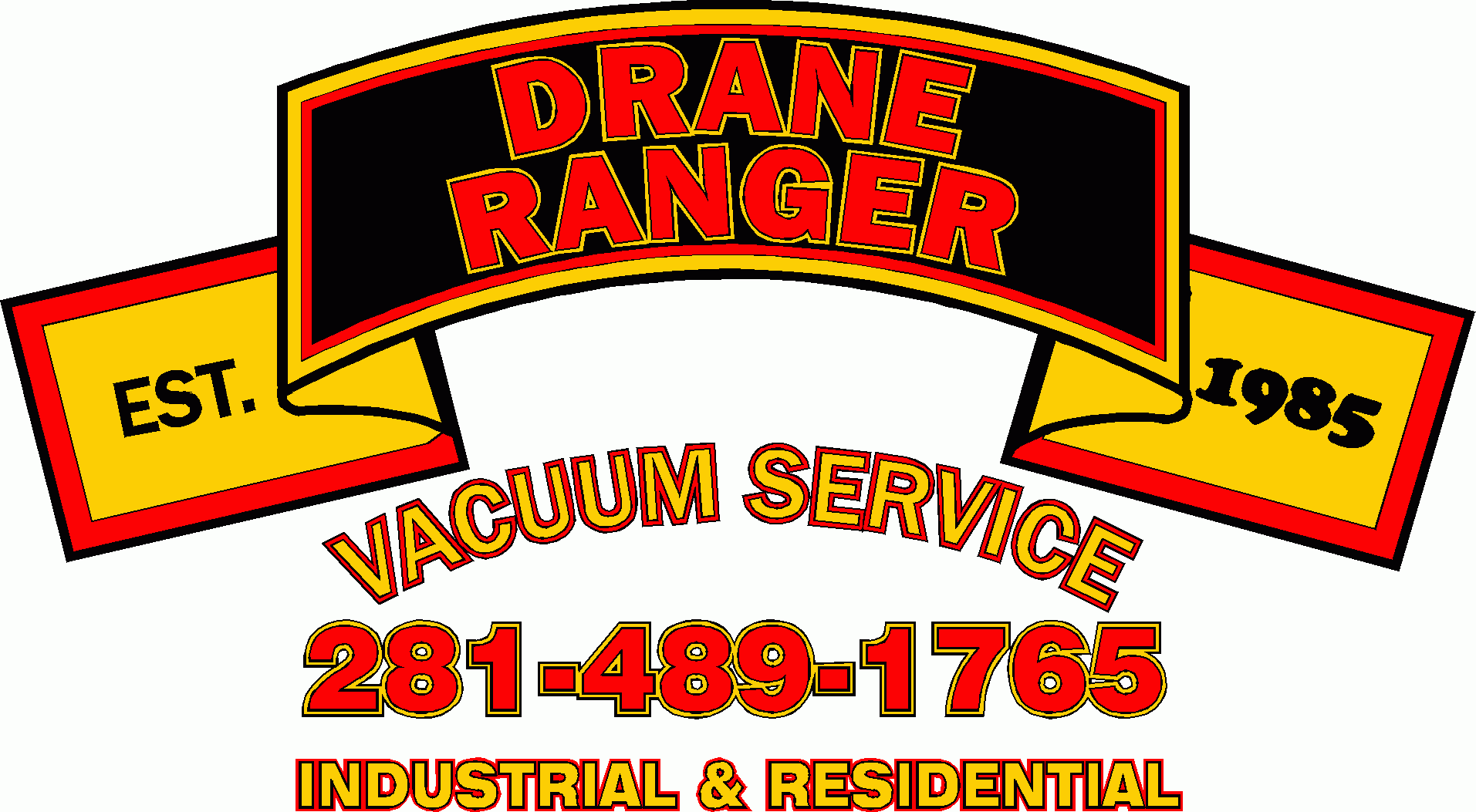Proper septic tank maintenance is both basic and complicated but it is very important.
By design, septic tank systems are meant to take household waste water, separate out the solids, breaking them down safely, and spread the extracted water out into a drainage field, ensuring the waste in the home has somewhere to go and isn’t being put on to the lawn.
According to septic tank maintenance (https://draneranger.com/services/septic-tank/) professionals, the only thing that a typical septic system is prepared to handle naturally is human waste and toilet paper (which is designed to be broken down by the bacteria in the tank).
Unfortunately, septic tank maintenance reports show that unsuspecting homeowners and guests can flush seemingly harmless objects or dump substances down the drain that will disrupt the bacteria or clog the system. For example, flushing paper towels, cigarette butts, cotton products, diapers, feminine products, and even “flushable wipes” can all cause septic system problems.
Septic tank maintenance cautions that excessive water use is also a big culprit. Septic tanks have limited capacity and can only manage to process a certain quantity of wastewater at a time. The home’s septic tank was designed to handle a specific flow rate of water, based on the home’s size. Usually, the septic tank should discharge wastewater at the same rate as or faster than it takes on water. So, when it takes on too much water, it can’t do what it’s supposed to do and may cause problems.
Septic tank maintenance professionals explain that the separation of waste happens with the flow of wastewater. The natural separation process of solids and liquids of different densities and gravity results in the scum rising to the top, the sludge sinking to the bottom, and the watery effluent in the middle. Once separated from the other materials, the watery portion of the wastewater (effluent) flows out of the septic tank through the underground distribution system of perforated pipes, stone, and sand out into the ground several feet below the surface.
When the septic system takes on too much water, the tank fills up before it can empty out again. The excess water can’t enter the full tank, so it has to go somewhere else. Usually, this “somewhere else” is right back into the home.
The #1 cause of septic system failure is due to biomaterials and they are the cause of 97% of failures to septic systems that are otherwise maintained and taken care of properly. Household substances and everyday objects can cause big problems. They can disrupt and even kill off the important bacterial environment that digests waste in the septic system. Septic tank maintenance professionals warn about NEVER dispose of bleach, gasoline, paint, paint thinners, grease, harmful oils, or large quantities of antibacterial household cleaners.
Proper septic tank maintenance and professional septic system pumping (which includes removing the sludge and scum as well as cleaning out the effluent filter) every 3-5 years will keep the septic system running smoothly for years.
